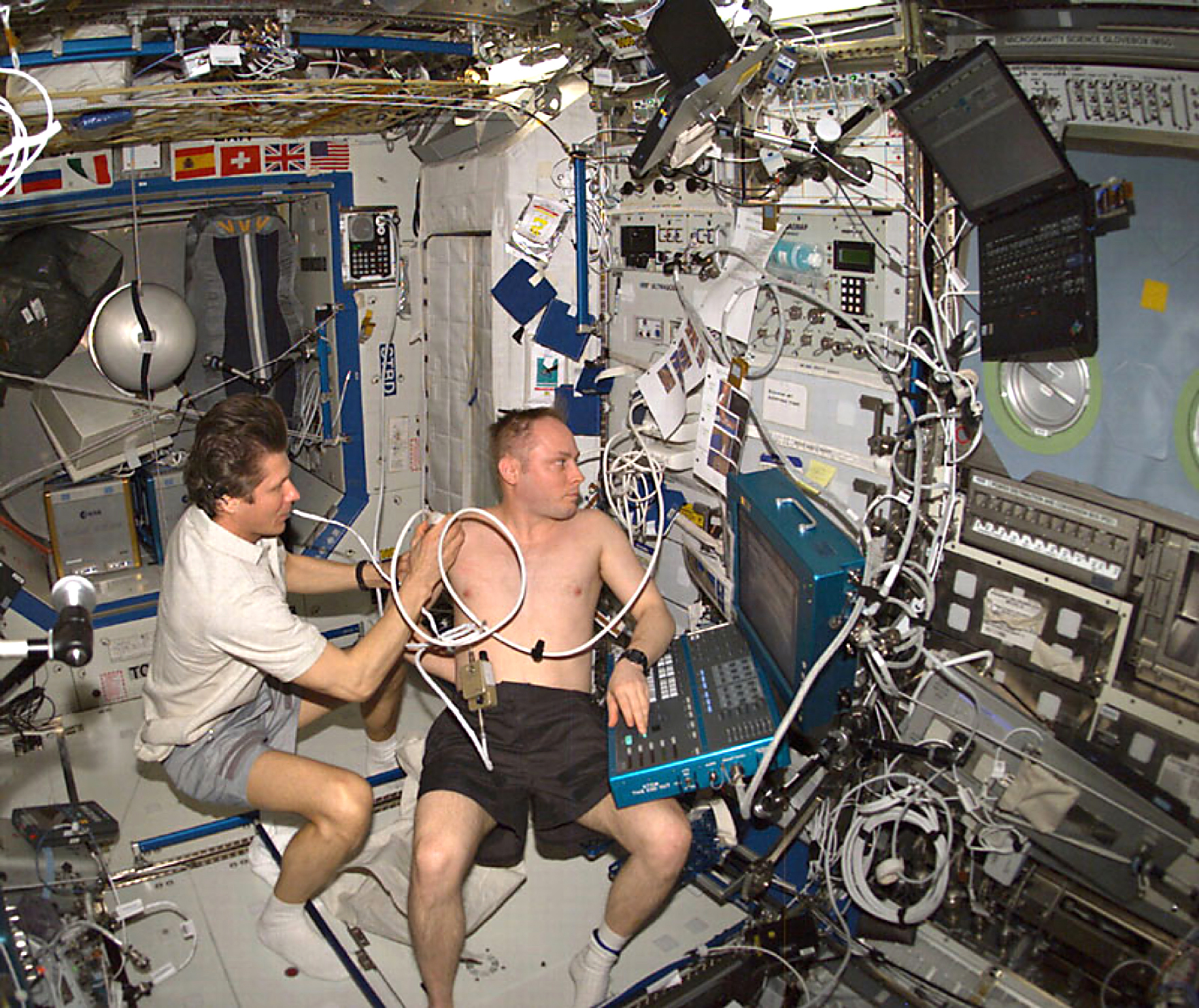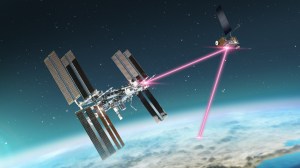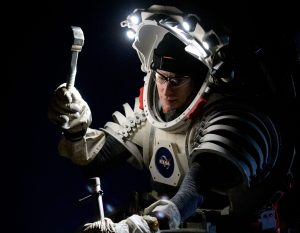Note: Please note that this is an "archived project" and is no longer updated. This article is meant for historical purposes only.

The current space flight medical scenario relies heavily on telemedicine and ground clinical support. Long-duration missions will require a chief medical officer to handle both routine medical check-ups and issues of emergent care that might arise while out of contact with ground resources. A challenge for missions beyond low-Earth orbit is to minimize the impact of potential delays between transmission and receipt of expert medical advice. Other challenges include potential medical misdiagnosis incidents and the need for assistance during clinical procedures.
In support of NASA's strategic thrust to advance "human augmentation" capabilities, the Autonomous Medical Operations (AMO) project primarily intends to develop an on-board software system, the preliminary Medical Decision Support System, or MDSS, which will enable astronauts to diagnose and treat emergent conditions in a timely manner, rather than waiting on delayed communication advice from medical experts on the ground, which is the current process
Such a system is not intended to replace a chief medical officer, but rather to support the medical actions by providing advice and procedure recommendations during emergent care and clinical work performed by crew.
The planned end deliverable is a prototype ultrasound and advisory system (on the International Space Station or in an analog test bed), next generation inference engine and advisory software to the Human Research Program.









